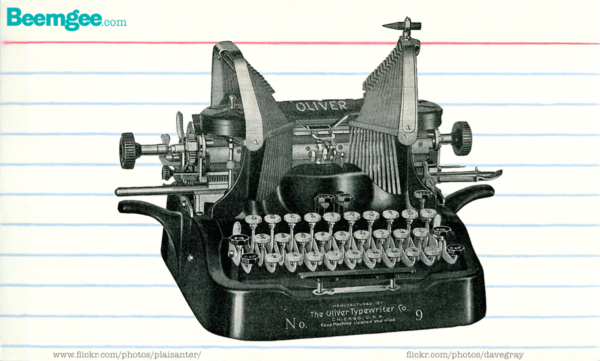“Writing is about structure and words”
So wrote the great film director Sidney Lumet.
As we have seen, there are two parts of the process to creating a story. One is concerned with the story itself, with what the story comprises and the arrangement of its elements. The other has to do with how you tell it, with the text of the manuscript or screenplay.
Or let’s try another approach to understanding how interwoven the two aspects structure and words are. In Chinese, the word for literature and writing is “wen”, and this word originally meant “pattern”, or design, as for example of woven silk. A pattern is structure.

Consider a tree in winter. Its trunk and branches are the ‘bare bones’ of the organism. Only in spring and summer, when leaves and flowers come out, does it really come alive, does it truly reach its full potential in our eyes, does it become a complete tree in its ideal state. Without the trunk and branches there would be nowhere for the leaves and flowers to grow. So perhaps as an analogy we can see the trunk and branches as the story, and the leaves are the words. And the flowers? Well, maybe they are metaphors …
As Lu Chi put it in third century C.E.,
“When the substance of a composition, trunk of a tree, is by Truth sustained,
Style aids it to branch into leafy boughs and bear fruit.”
Translation Shih-Hsiang Chen, in Cyril Birch’s Anthology of Chinese Literature
To put it another way, the content of the story is not the same thing as the interface between that content and the audience. In a novel, the text is the interface. The sum of words on all the pages is not the story. Consider that in a translation into another language the words are different, but hopefully the story is still the same. It is through the words that the reader experiences the story.
In terms of process, these two different aspects of a story are about planning versus execution. The structure is the design, the words are how the design is carried out. Planning refers to ‘what’ the material is, execution refers to ‘how’ that material is handled. It’s like the difference between an architect’s job and a builder’s. If you want a house constructed, you need both.
To put it story terms, it’s the difference between outlining and writing. These two aspects of the writer’s craft have always existed. Typical tools that exemplify the two processes are index cards versus the typewriter. The former are used to develop a story. The latter to write it.

Incidentally, both these indispensable author tools were invented – independently of each other – around 1870.
Beemgee.com is about structure!
Here you develop stories. You’ll find out all there is to know about the what of stories – the design, the planning part. By the end of a Beemgee project, you’ll be a master architect, able to create a complete outline of your story.
That doesn’t mean that Beemgee is just about plot. Characters make plot, and outlining means working on characters just as much as it means structuring plot.
It also doesn’t mean that the outline will be rigid or fixed. New ideas can emerge during the process of writing. The benefit of a sturdy but flexible outline is that the changes in story that a new idea will inevitably necessitate are much clearer and therefore easy to accommodate.
And in case you previously considered yourself a pantser rather than a plotter, don’t worry. To be sure, Beemgee is not about words, language, or style. Also, there are no writing prompts. Nonetheless, Beemgee will spur your creativity and you may get into a flow state while you conceive the grand design of your story.
Whether you have written a first draft already or you merely have the germ of an idea in your head, Beemgee offers you the dramaturgical tools and the mindset to form that story into just the right shape.
Photo by Johann Siemens on Unsplash
Structure your story:
Are you a listener?
Now hear this!

